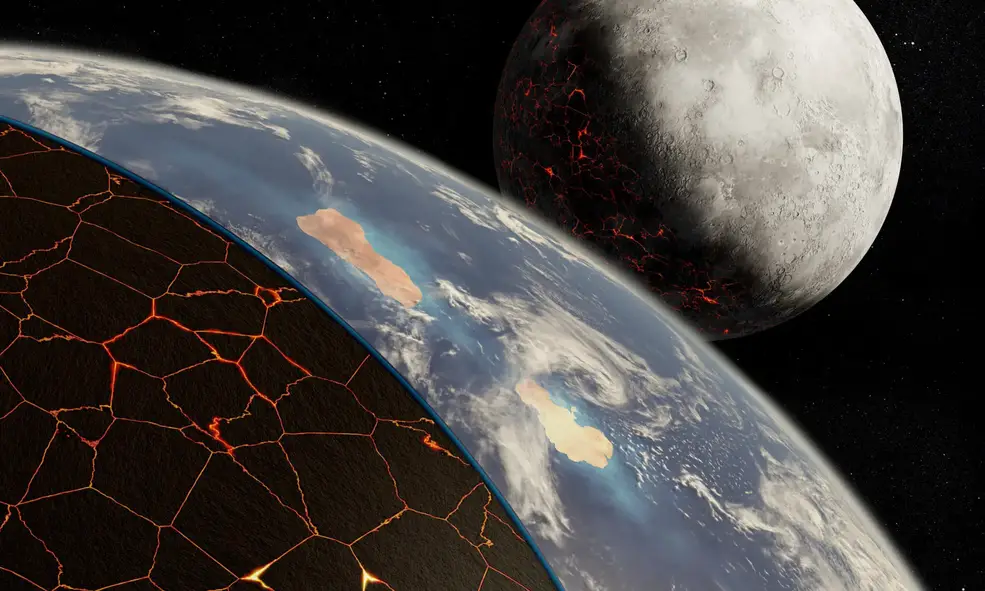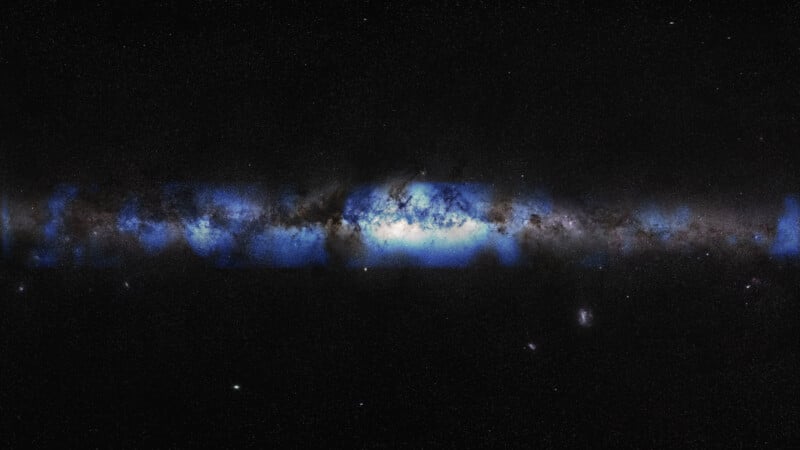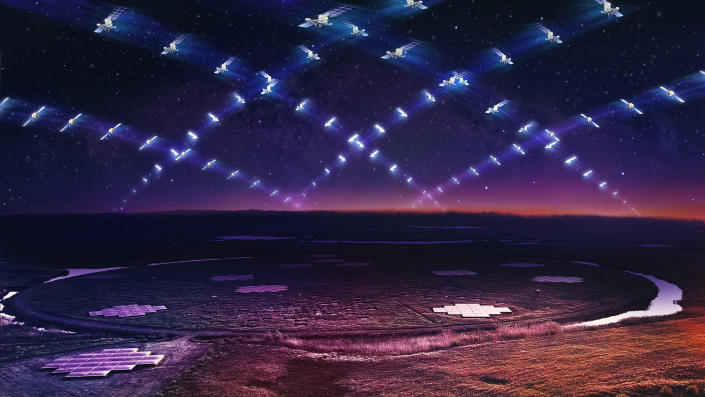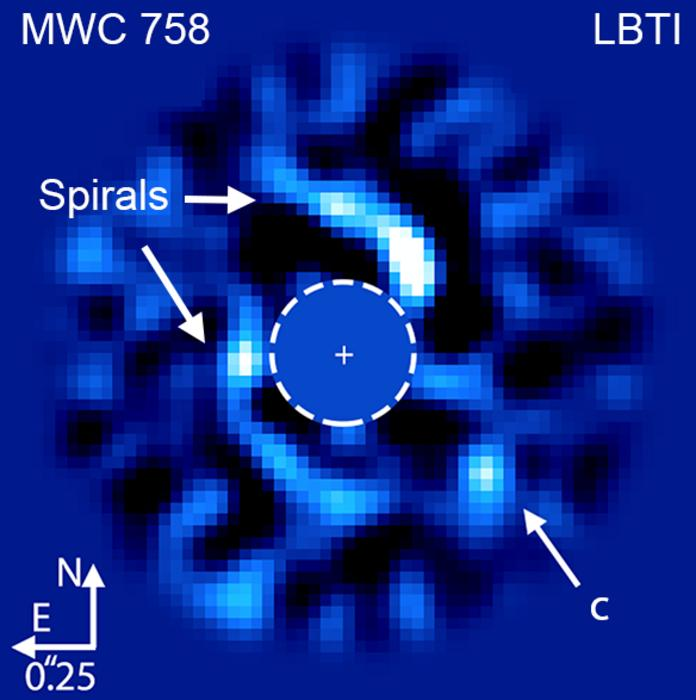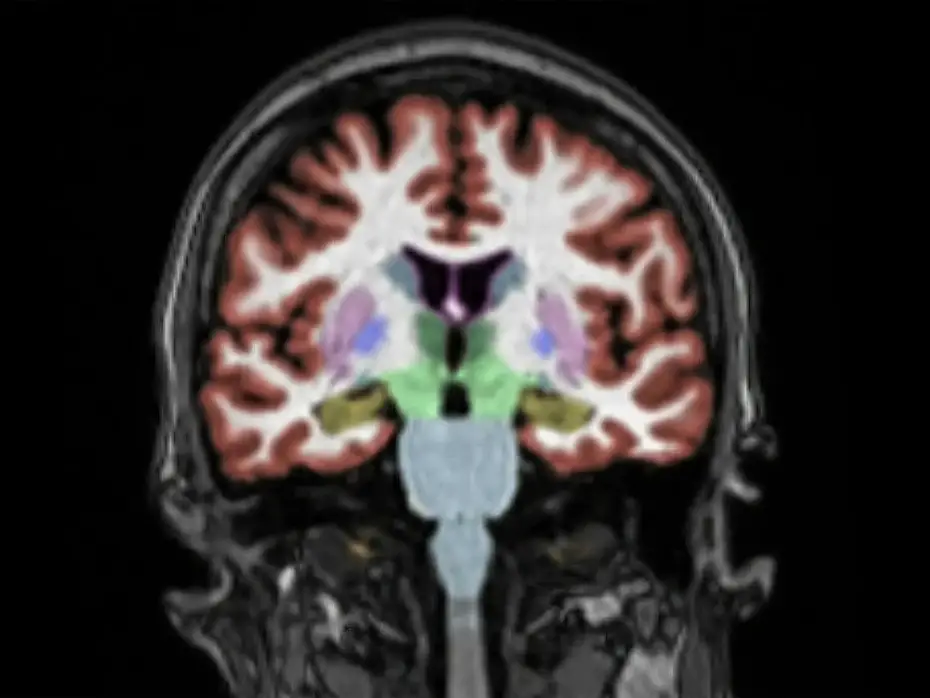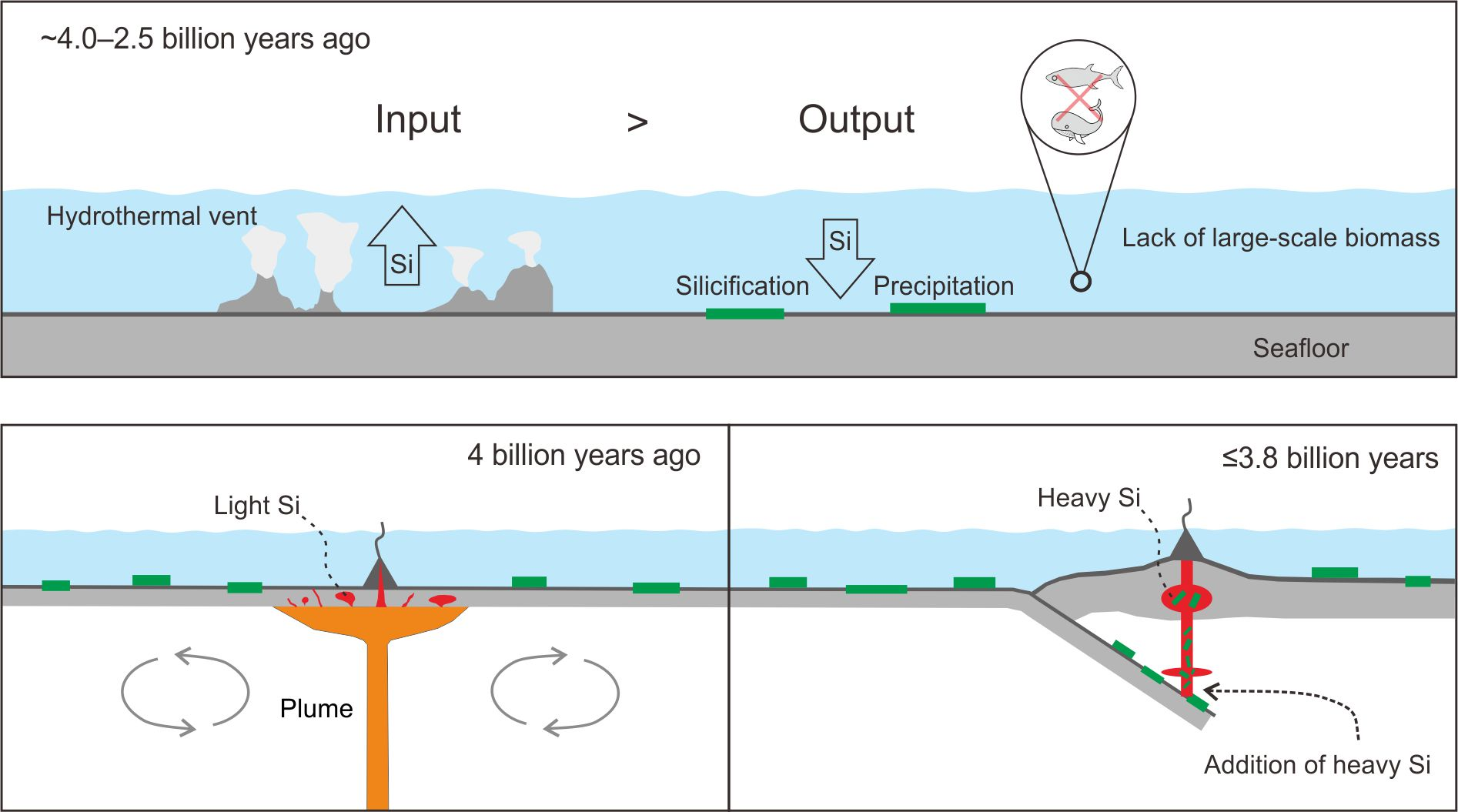Magnetic revelations: new research challenges Existing theories on the emergence of life
Plate tectonics involves the horizontal movement and interaction of large plates on the earth’s surface. Shifting plate tectonics, thought to be necessary for the creation of a habitable planet, did not occur on Earth 3.9 billion years ago, new research indicates. Credit: University of Rochester illustration / Michael Osadciw A multi-institution team has found evidence … Read more

